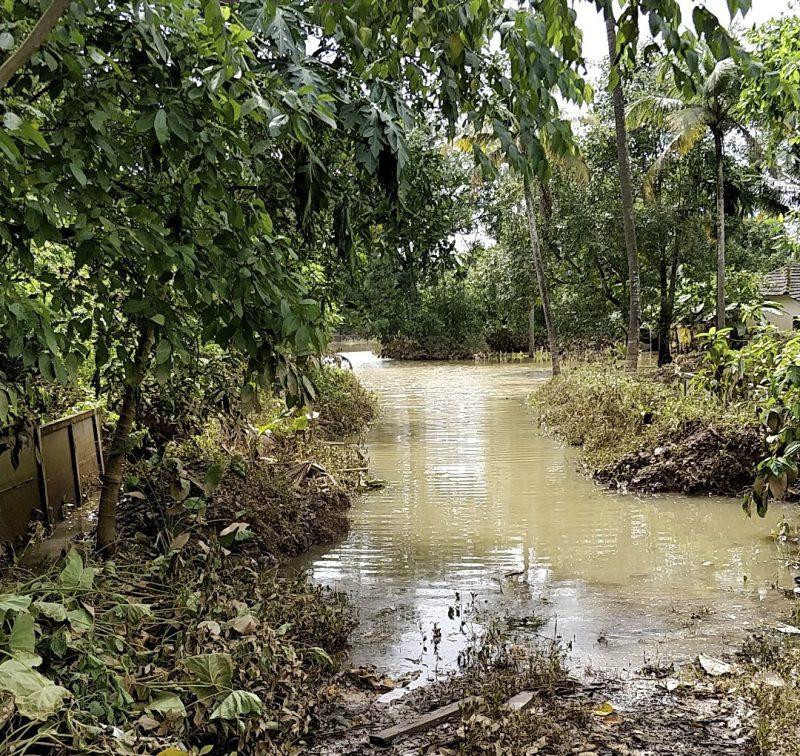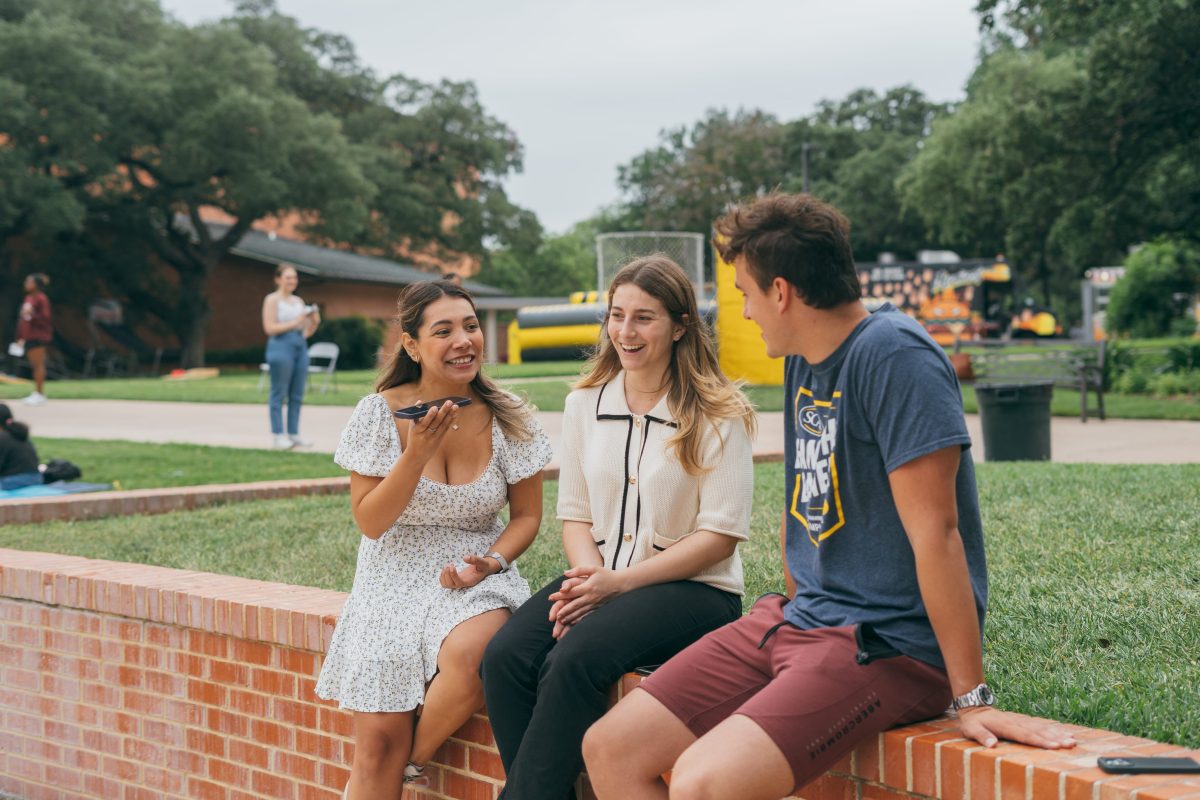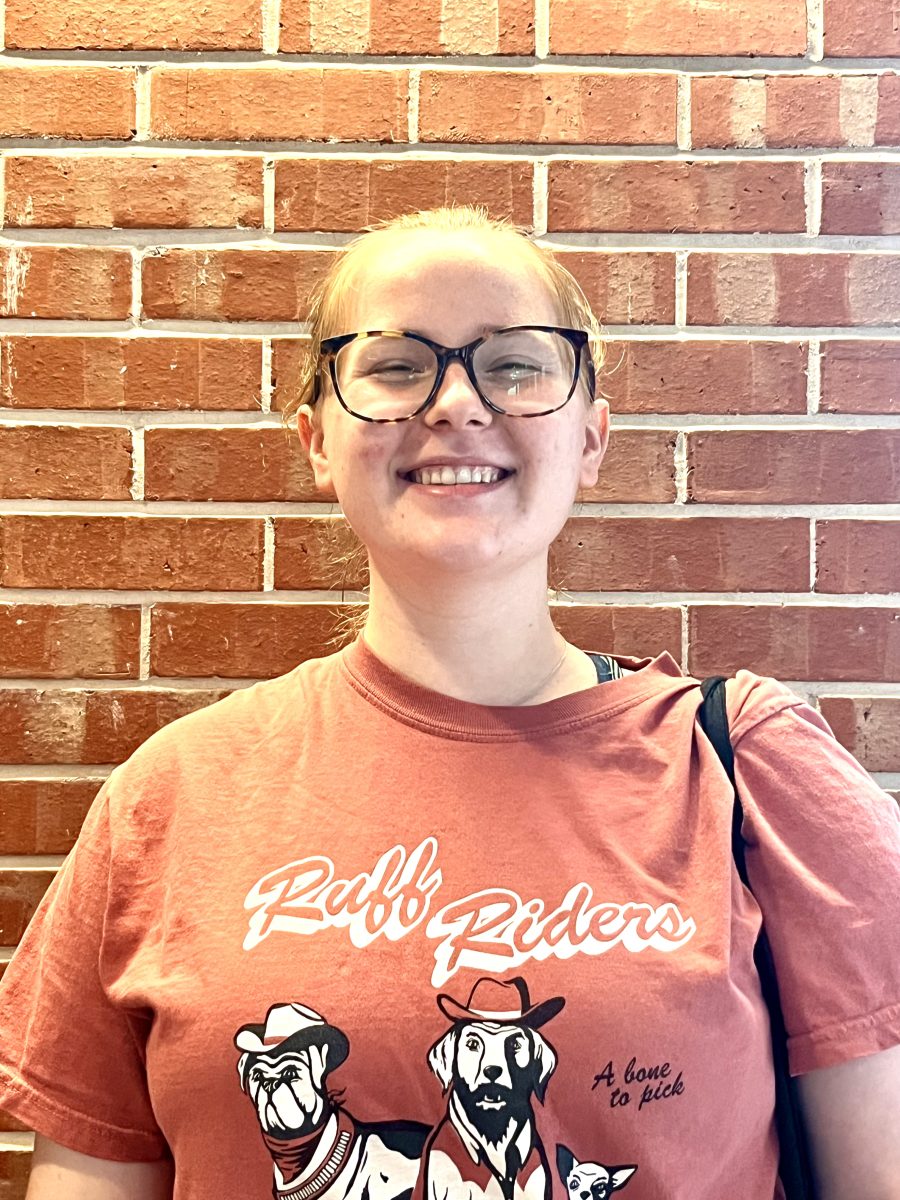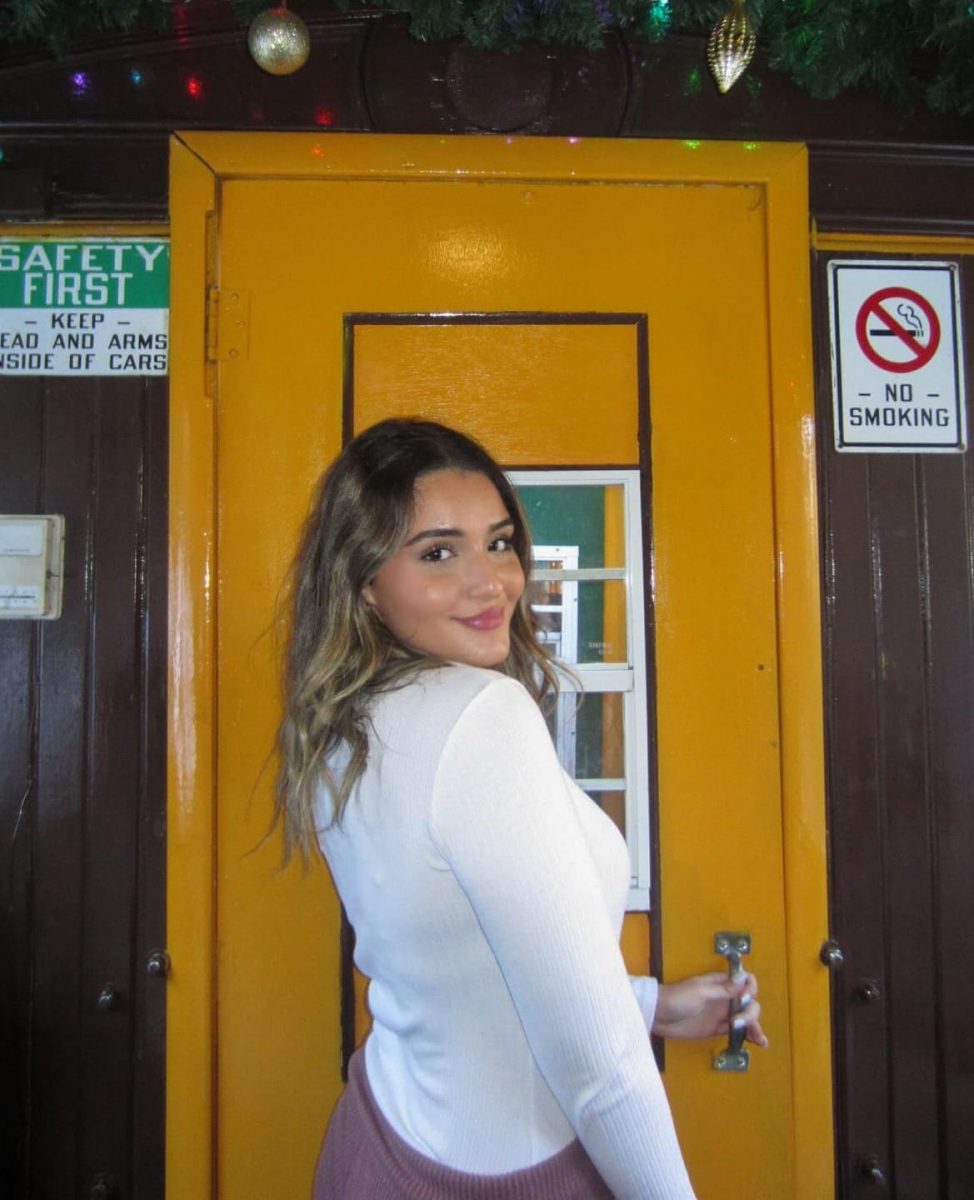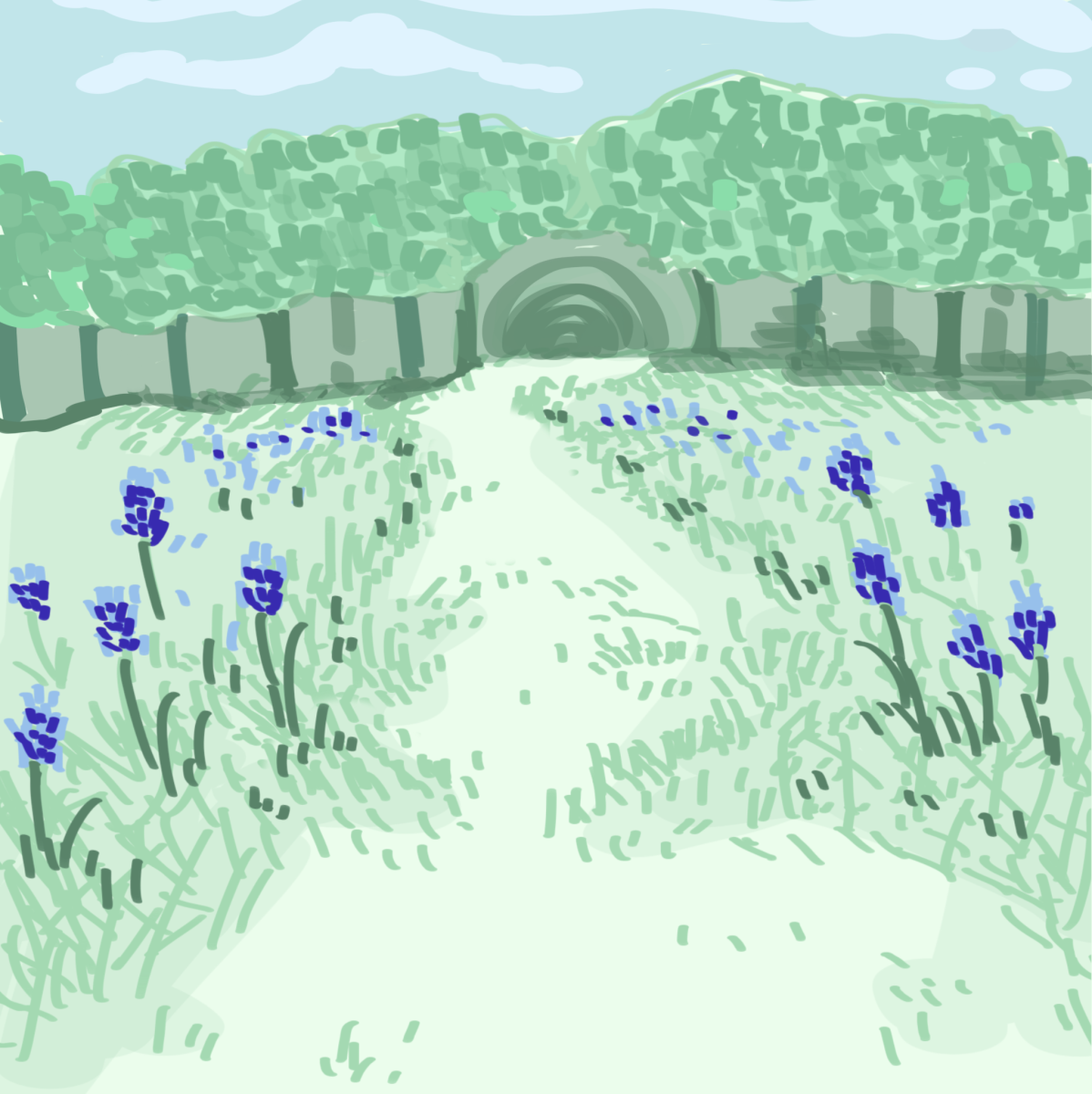Rachel Poovathoor, a first-year Trinity student from India, realized that her home state of Kerala was flooding around Aug. 15, when her family was driving to the airport that would take her to Trinity (Poovathoor is a student in the Trinitonian internship class.)
“We were in the car, and there was just water up to the midsection of our SUV,” Poovathoor said.
According to Poovathor, it had been raining heavily since July, and people were happy about the rain: Rain is good for crops, and monsoons are a part of a normal summer season for India. However, the rain soon turned destructive. The Keralan government decided to open 35 of the state’s 54 reservoir dams for the first time in history in order to preserve their structural stability.
But in the face of enormous amounts of rainfall, the flooding became much worse.
Poovathoor’s family lives in a house on a street with a sharp incline, so they emerged largely unscathed by the flood. However, many others weren’t so lucky.
“Our maid had to go back home, and so we dropped her off at a bus station, and she called us as we were leaving and said there were no buses going to her hometown because it was flooded, so she had to make a decision to come back to our house and [stay] there,” Poovathoor said. “A day before I was just talking and laughing with her, and the next day she was going through this life-changing thing and she didn’t know where her kids were.”
Joshua George, sophomore, is from the Keralan city of Kochi. George and his immediate family were unharmed by the flood, but the house where George’s aunt was staying with her mother and their maid was flooded.
“Me and my uncle … made a makeshift raft and just like went up to their house and got them [into the raft],” George said.
George was amazed by how quickly the community came together to organize relief camps for those affected by the flood.
“Everyone wanted to help us, like all of the schools and colleges were turned into relief camps,” George says. “I was part of the relief camps to help out. We packaged food to send out to the people in the flood. … Everyone was buying the entire bakery out of food supplies like cookies, and then packaging them to give to people in need.”
George witnessed a widespread effort to spread awareness and information through social media.
“Everyone was sending WhatsApp messages and Instagram stories so that people would know, ‘Oh yeah, this relief camp doesn’t have this medicine or food there,’ so people could go and help out.”
The flood, which reached its height in mid-August, is now mostly over, leaving Kerala in the position of having to recuperate from what many articles call “the worst flood in over a century.” The death toll is currently at 324, and more than 200,000 people were displaced by the flood.
Poovathoor estimates that it will take time for Kerala to recover.
“The damage is really devastating. … In Kerala, I feel like there are so many poor people who are not going to be taken care of,”Poovathoor said.
Students who want to help can donate money to the Kerala government’s Chief Minister’s Distress Relief Fund (CMDRF), created to grant relief to flood victims.
“If you want to help, I think that’s a great way to do it because it’s official,” Poovathoor said.
However, Poovathoor and her family have reservations about CMDRF due to both a perceived lack of transparency about how funds are allocated and a larger distrust of the government, which Poovathoor says is shared by the general public. Many experts have spoken about how the government’s poor dam management contributed to the flood.
Poovathoor spoke about a priest in her area who runs a facility that provides free food and resources for elderly and mentally disabled citizens, and said that he has been instrumental in administering medicine to sick people who are prevented from going to the hospital because of the flood. Poovathoor strongly encouraged students to donate to his flood relief GoFundMe along with similar grassroots efforts, as well as donating to the CMDRF.
Daniela Montúfar Soria, a senior and co-founder of International Humanitarian Crisis Initiative (IHCI), said that IHCI may conduct a fundraiser or a similar event that raises awareness for the Kerala floods this year.
“What we do normally before we do anything is try to find a reputable local organization. Once we find a contact, we organize a fundraiser, and try to find resources,” Soria said. “But it’s definitely something we want to look into. … It’s so sad to see my friends from India who are posting on Facebook and sharing this stuff, but not many people seem to know about it [in the U.S.].”
Students who want to support the flood relief efforts in Kerala can donate to the CMDRF fund or the priest’s GoFundMe, or contact Poovathoor or George at [email protected] or [email protected] for more information.

